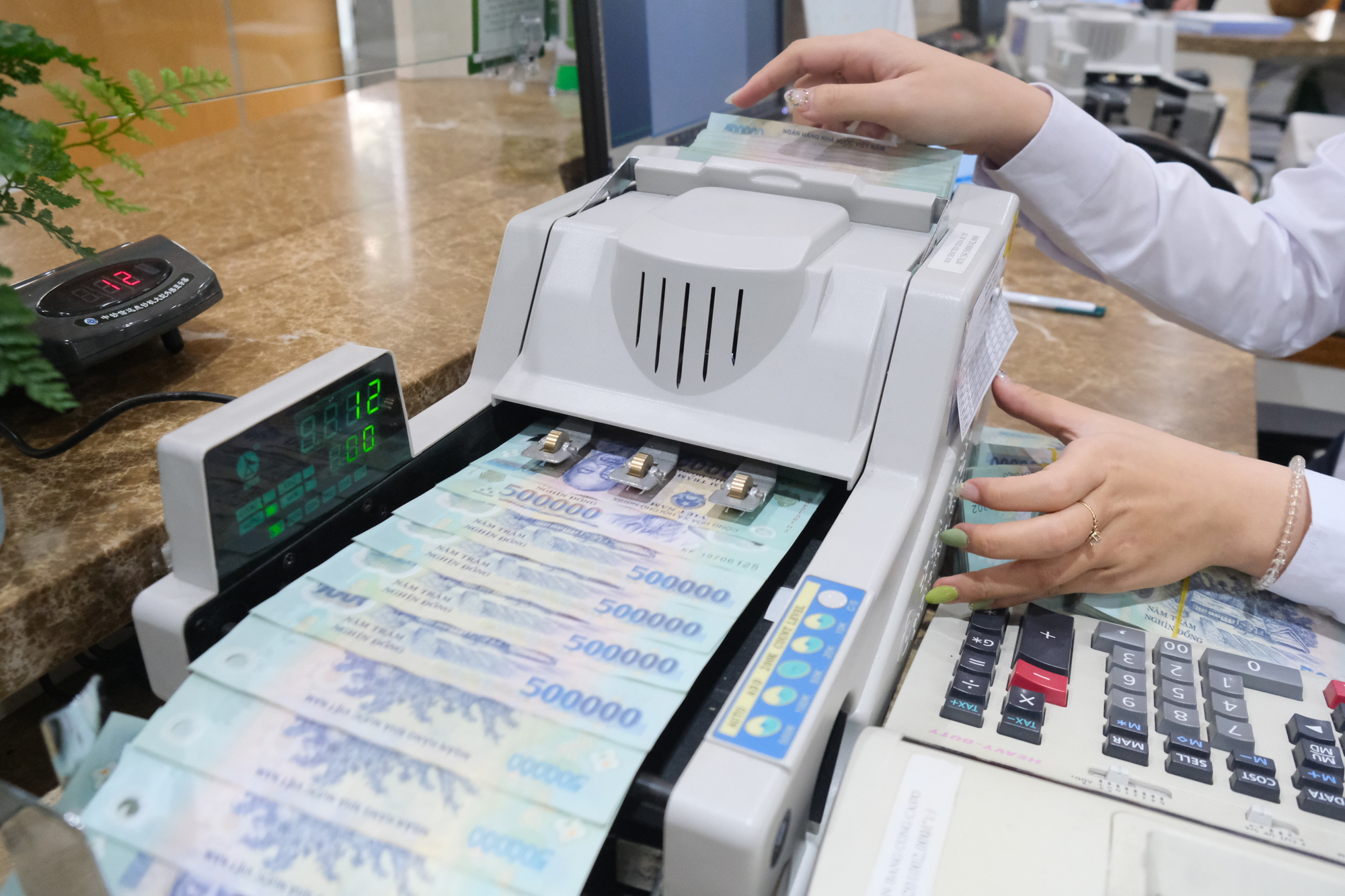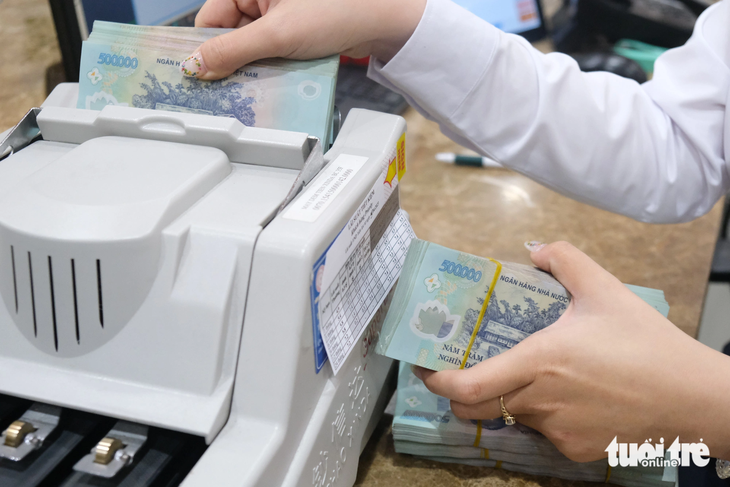Vietnam’s individual deposits at banks surge to new record high despite interest rate cut
Vietnam’s individual deposits at banks surge to new record high despite interest rate cut
Deposits of individual customers at banks nationwide as of April this year reached VND6,330 trillion (US$267.6 billion), expanding more than VND467 trillion ($19.7 billion), or eight percent against the end of December last year, according to the latest data from the State Bank of Vietnam (SBV).

The value of VND6,330 trillion marks a record high, surpassing all previous levels.
The deposits of individual customers into the banking system have increased in the context of high savings interest rates in late 2022 and early 2023.
Despite SBV initiating a reduction in the policy interest rate since mid-March this year, the trend of people depositing their savings in banks continues to rise.
This is attributed to the fact that individuals still opt to save money due to its favorable and secure nature, particularly at a time when other investment channels, such as real estate, appear less appealing and even carry inherent risks.
In contrast to the deposits made by individual customers at banks, institutional deposits at the end of April experienced a decline of VND8.8 trillion ($372 million) compared to March and decreased by VND300 trillion ($12.7 billion) against the end of last year, amounting to a total of VND5,600 trillion ($236.8 billion).
In terms of interest rate fluctuations, SBV deputy governor Dao Minh Tu assessed that the interest rate situation has become relatively stable, with deposit and lending rates gradually declining.
Compared to the end of 2022, the average deposit interest rate offered by commercial banks stands at approximately 5.8 percent per year, representing a decrease of 0.7 percentage points per year.
The average lending interest hovers around 8.9 percent per year, indicating a decrease of one percentage point per year.
In the remainder of the year, SBV plans to adjust interest rates in accordance with macroeconomic stability, inflation levels, and monetary policy objectives.
Furthermore, the central bank remains committed to promoting cost reduction and urging credit institutions to lower lending interest rates.
This is aimed at providing support for enterprises during their efforts to recover and foster growth in production and business activities.






















